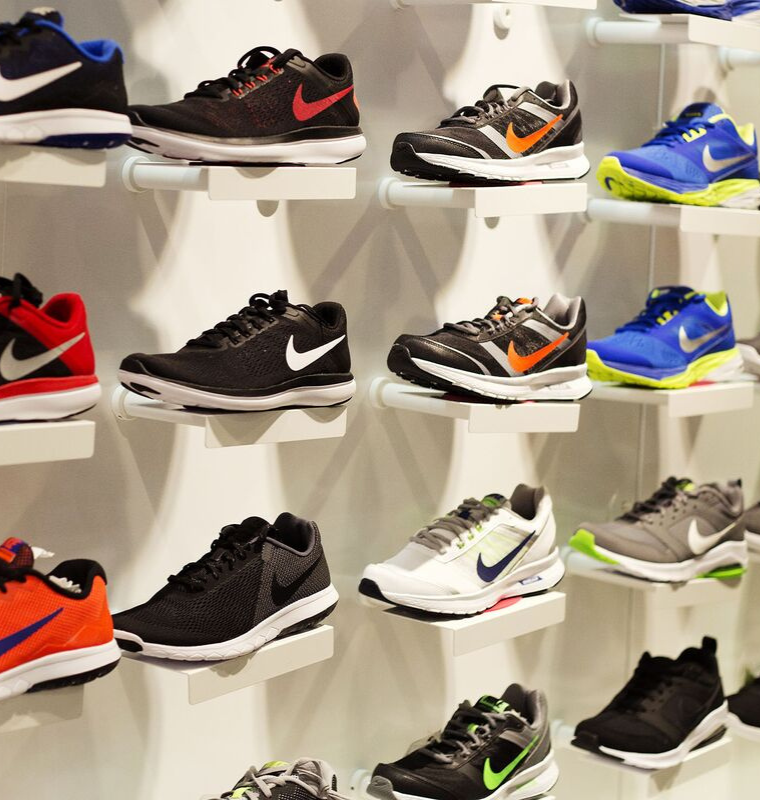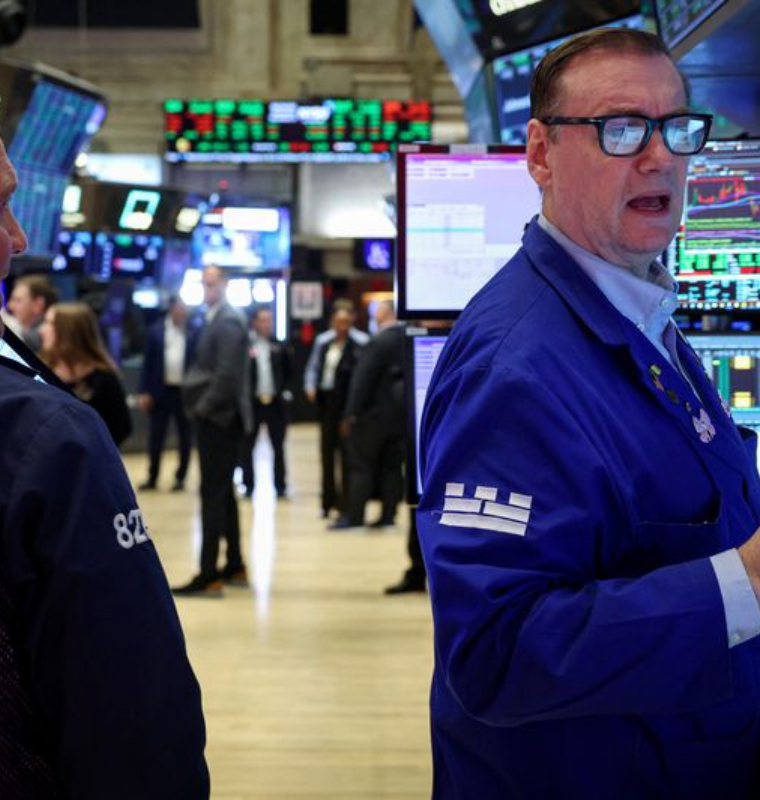AI Investment Fuels Stock Market Gains While Main Street Struggles
AI Investment Fuels Stock Market Gains While Main Street Struggles
By
Junia Wells
Last updated:
October 26, 2025
First Published:
October 26, 2025
.webp)
Photo: Forbes
The surge in artificial intelligence spending is powering record highs in the stock market and contributing to U.S. GDP growth, yet the broader economy tells a very different story. While tech giants like Nvidia, Alphabet, Broadcom, Microsoft, and Apple see massive gains, many businesses outside Silicon Valley are grappling with high costs, tariffs, and cautious consumers.
Wall Street’s AI Boom
AI-driven investments have become a major economic force. In the first half of 2025, AI-related capital expenditures contributed an estimated 1.1% to GDP growth, outpacing consumer-driven growth. Nvidia’s market value alone is $4.5 trillion, accounting for more than 7% of the S&P 500, while eight tech companies connected to AI collectively represent 37% of the benchmark index. Broadcom shares have soared 50% this year, and Nvidia and Alphabet have each jumped nearly 40% in 2025, driving the S&P 500 and Nasdaq to gains of 15% and 20%, respectively.
Investors are particularly focused on AI infrastructure spending. Nvidia announced a $100 billion investment in OpenAI, aiming to deploy at least 10 gigawatts of systems, equivalent to the annual electricity use of 8 million U.S. households. Other companies like AMD and Oracle are also capitalizing on the AI boom, further inflating tech valuations.
Main Street Reality
For small business owners like Cameron Pappas, who runs Norton’s Florist in Birmingham, Alabama, the AI-driven stock market growth feels distant. Norton’s generates about $4 million in annual revenue, selling flowers and gifts, but is struggling to manage rising import costs due to tariffs. Around 80% of U.S. cut flowers are imported from countries like Colombia and Ecuador, forcing Pappas to implement what he calls “tariff price management,” including sourcing flowers directly from growers to reduce costs.
Pappas has also been adjusting product designs to maintain pricing, reducing the number of stems in bouquets to keep prices stable for customers. “We’ve just got an eagle eye on all of our costs,” he said, highlighting the challenges small businesses face amid rising prices and subdued consumer spending.
Broader Economic Pressure
Despite strong GDP growth of 3.8% in Q2 2025, other sectors are under pressure. Manufacturing spending has contracted for seven consecutive months, while construction costs are expected to rise 4.6% year-over-year in Q4 due to tariffs on building materials. Retail and hospitality businesses are also feeling the pinch: Target announced 1,800 corporate layoffs, Starbucks is restructuring with 2,000 corporate layoffs this year, and Wyndham Hotels & Resorts reported disappointing earnings with a 25% decline in shares year-to-date.
Consumer sentiment is declining sharply. A Deloitte survey found that 57% of Americans expect the economy to weaken over the next year, up from 30% a year ago. Younger consumers, particularly Gen Z, plan to reduce holiday spending by 34%, while millennials plan to spend 13% less. Seasonal retail hiring is projected to hit its lowest levels since the 2009 recession.
The AI Disconnect
The disparity between Wall Street and Main Street is stark. While AI investments boost GDP and stock valuations, most small and medium-sized businesses are in “survival mode,” struggling to offset rising costs and declining consumer demand. Analysts note that AI is not a plug-and-play solution for these firms.
“AI adoption involves people, processes, and culture—it’s not going to immediately replace declining revenue,” said Hatim Rahman, an AI professor at Northwestern University’s Kellogg School of Management. “For many organizations, the road to meaningful AI-driven efficiency will be bumpy and gradual.”
The coming weeks will be crucial, as Meta, Microsoft, Alphabet, Apple, and Amazon release quarterly earnings, revealing how continued AI investments may shape corporate performance and market sentiment.
Even as AI reshapes the economy at the top, the reality for millions of businesses across retail, construction, and hospitality remains challenging, highlighting a growing gap between the tech-fueled stock market and everyday economic conditions.
Popular articles
Subscribe to unlock premium content
The Cult Following of Limited-Edition Designer Sneakers in South Korea

The Unexpected Tech Startup Boom in Tallinn’s Old Town, Estonia

How Greenland’s Ice-Fishing Tourism Became a Multi-Million-Dollar Seasonal Economy

The Cult Following of Limited-Edition Designer Sneakers in South Korea

The Unexpected Tech Startup Boom in Tallinn’s Old Town, Estonia

The Cult Following of Limited-Edition Designer Sneakers in South Korea









